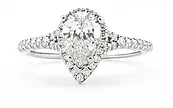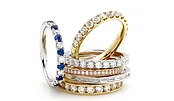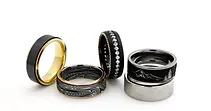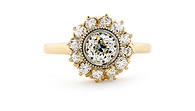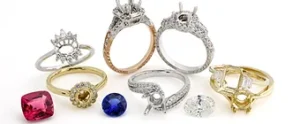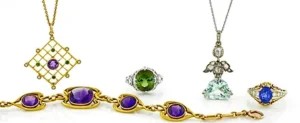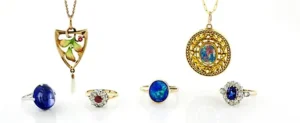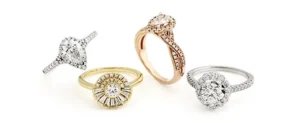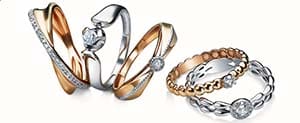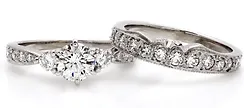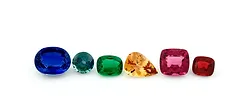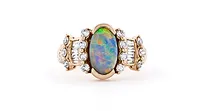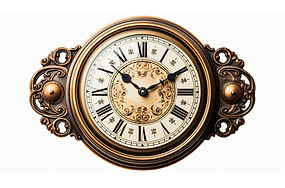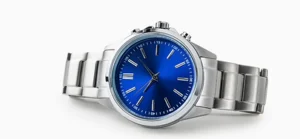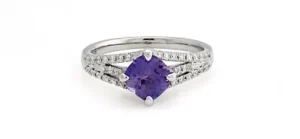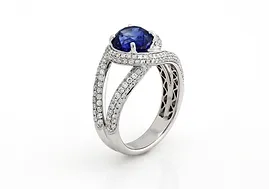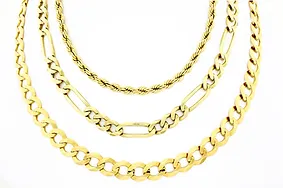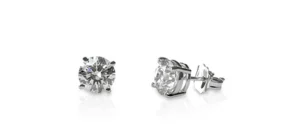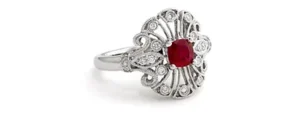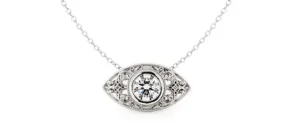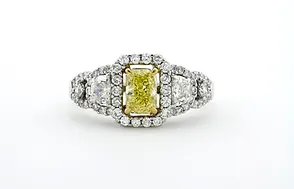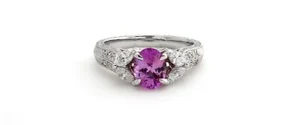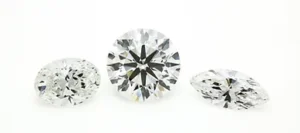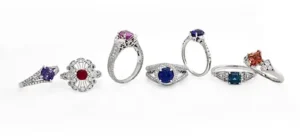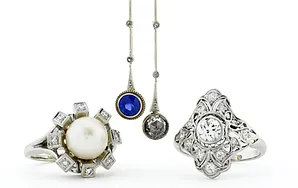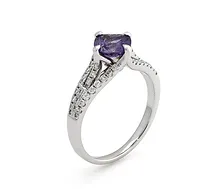Fancy Color Diamonds: natural Diamonds occur in every color!
Have you ever seen a Canary Diamond? Maybe you dream of owning a Champagne Diamond Ring. If so, read on!
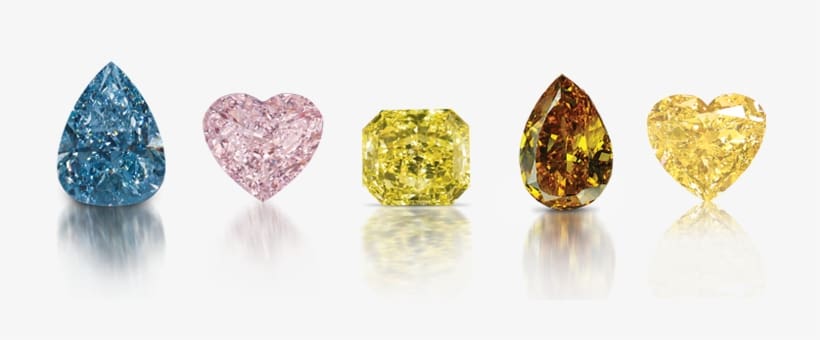
A variety of natural fancy color Diamonds courtesy GIA.
The term Fancy Color Diamond refers to any Diamond that isn’t colorless. All diamonds, regardless of color, are the product of a single element: carbon. However, in addition to the brilliant colorless rocks we know and love, fancy color Diamonds are available too in every color of the rainbow. Such diamonds are both rare and unique.
Natural Color Diamonds: Not all diamonds are the sparkly colorless ones that we normally see set in rings, earrings, pendants and necklaces. These brilliant white diamonds are what we would colloquially term as the “cream of the crop” and are prized due to their absence of color. When a Diamond takes on a subtle undertone, like a hint of yellow or a brown mask- it will negatively effect it’s color grade and reduce the price. But when the color moves from an undertone to a clearly visible shade of color, the rarity increases and it becomes something special.
I have always considered April babies fortunate, with a Diamond as their April birthstone, since they can choose almost any piece of jewelry accented with Diamonds and wear it as a birthstone piece. Or, they can choose a fabulous Diamond and get a universal item for their jewelry wardrobe. Not all April babies love their birthstone though, in fact some find Diamonds a bit boring. If that’s you, then a fancy colored Diamond may be the perfect option!

Saturation, tone, and modifying colors of fancy pink and purple Diamonds, courtesy GIA.
All fancy color Diamonds are graded the same way: they are graded based on their carat weight, cutting, and clarity like any colorless Diamond, but their color is given a unique grading system. First, colored Diamonds are graded based on the origin of their color. Did they occur naturally? Or were they treated with radiation or temperature & pressure (HPHT treatment) to alter their appearance? Once the color origin is determined, the color itself must be established. Few Diamonds are a single color; instead most are a base color with a modifying tone. For example, the below chart shows pink and purple Diamonds. Some are “fancy pink” but some may have a hint of orange, and would be listed as “fancy orange pink.” Once the hue and tone are established, the grader must make sure that the color is even throughout the gem. Lastly, the color is graded by intensity, from Fancy Light (pale color) to Fancy Deep (very dark color). The mid to medium dark grades, such as Fancy Intense and Fancy Vivid, are considered the most valued in most cases.
All fancy colored Diamonds are valuable, and their value increases with Rarity.
Some colors, such as true red, deep blue, emerald green, and violet, are so rare as to only be found in museums or investment collections, with 1ct examples exceeding 7 figure sums at auction. Just below these colors are those that are still exceptionally rare, but with enough availability to have a global market and demand: true pink, orange, greyish blue, light green, and larger yellow examples. These are six figure gems, and getting harder to find. Beneath that, vivid yellows, brownish pinks. golden browns, and some of the other odd colors are rare, but more affordable. Jewelers like us regularly offer find fancy yellow Diamonds. The most affordable colors are the dark or light brown shades, white or grey, black, or “salt and pepper diamond” varieties. These are more available and often cost less than colorless Diamonds. I will go into more detail on each color below:

Fancy colored diamonds, with the most valuable colors furthest to the right on the scale.
The most commonly encountered fancy color diamond is brown in varying shades. Most of us have seen the commercials from high-end designers giving food-related names to describe the color of the diamonds, which are actually quite apt descriptions. “Champagne” refers to a color that is a light golden or pinkish brown, while orangey-browns are termed “cognac” and deep browns are called “chocolate” diamonds. Many of these diamonds come from the Argyll mines in Western Australia, the exact same mine where the famous pink diamonds are rarely unearthed. No two brown Diamonds are alike- one of the main reasons to choose a champagne or brown Diamond is the unique beauty they possess. Below are a 2.25ct fancy yellowish brown diamond of SI1 clarity (what we call champagne) set with blue sapphire accents, and a 1.10ct cushion fancy deep orangy brown, or cognac, diamond engagement ring.
 |
 |
While the browns are the most common, our best-selling fancy colored diamonds for engagement rings are fancy yellow Diamonds, which come largely from South Africa. If you were to bottle up the essence of the sun on a summer day, then facet it, the result could not be more stunning that a natural yellow diamond. The most popular color is a pure canary diamond (like the bird) but we have sold stones that have greenish and orangey hues as well. Even women who wouldn’t typically wear yellow clothing or accessories tend to like yellow diamonds because the color can be a subtle contrast to other jewelry the person might wear. In larger sizes and deeper tones these can be costly, but 1ct fancy yellow Diamonds can still be found affordably. Below left is a .40ct fancy intense yellow diamond, surrounded by natural yellow diamonds to increase the yellow look. At right is a 1.50ct emerald cut yellow diamond with a slight green modifier that we set in this custom engagement ring.
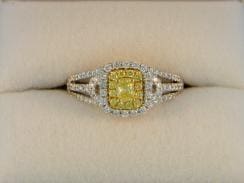 |
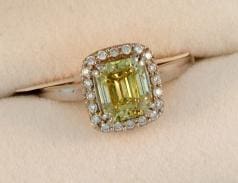 |
When the stones are a fancy intense, deep, or vivid grade the yellow pops even in small sizes, and we will use these intensely yellow diamonds as accents to deep blue sapphires or rubies to make stunning custom rings. Below are two uses of fancy intense or vivid yellow diamonds, as centers and accents.
 |
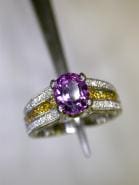 |
The next most popular fancy colored diamond is black, grey and “salt & pepper.” Black diamonds are one of the few stones that are truly black, not dark brown, and thus are a true neutral. Grey Diamonds occur in various shades, from silvery white to a gunmetal grey hue. Salt & Pepper Diamonds have an overall grey look, due to black inclusions within a white or grey Diamond. All three of these options are less sparkly than other Diamonds, since they are semi-opaque. They offer a unique design opportunity and create lovely, artistic jewelry and fun alternative engagement rings. Below left is a large 3ct+ round black diamond in a modern mounting, and at right is a custom kite shaped salt & pepper Diamond set in a yellow gold bezel engagement ring.
 |
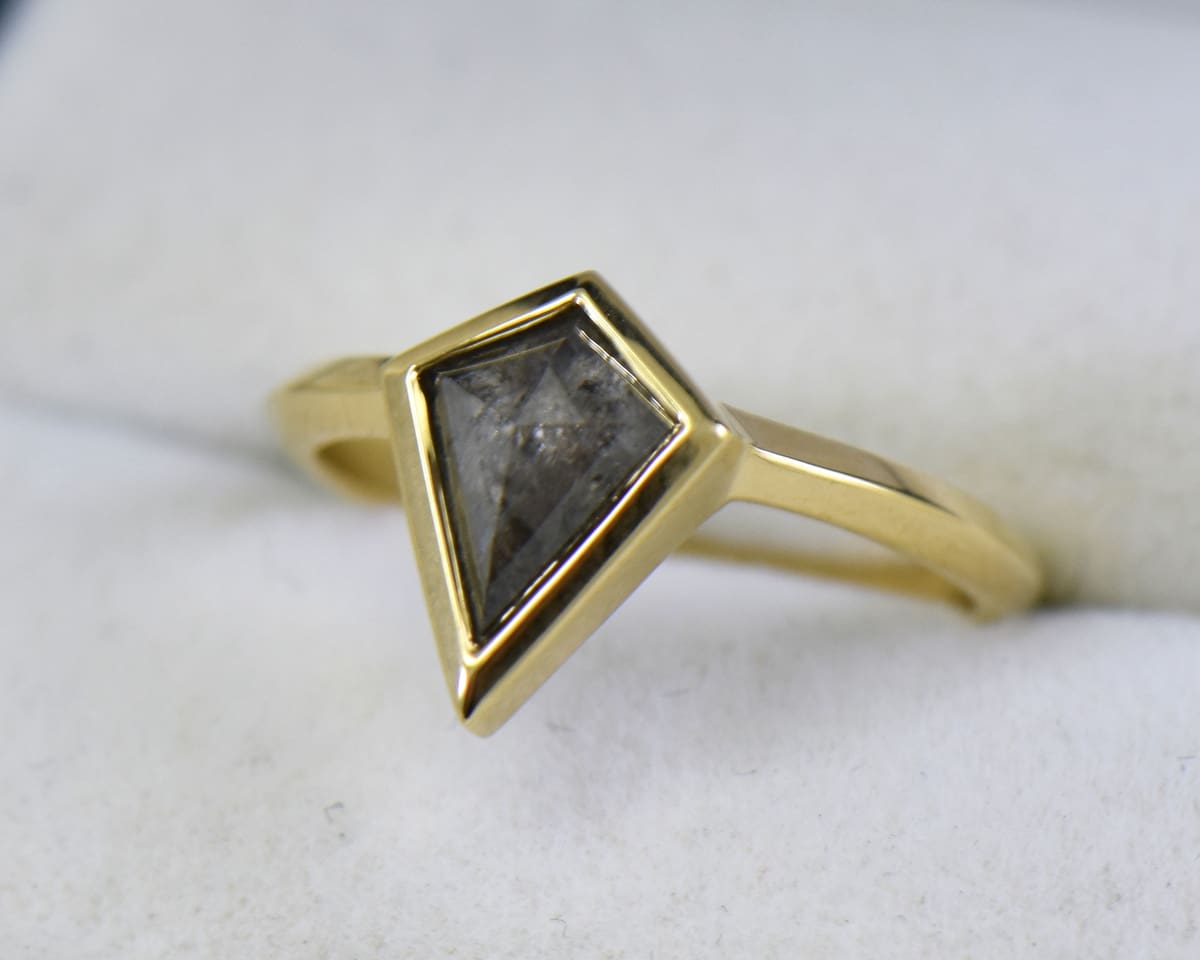 |
For more detailed information, check out the GIA’s website regarding colored diamond quality here.
Now you have the history of the main diamonds, why not contact us to schedule a store visit to check out all the wonderful diamonds that sparkle through the store.

